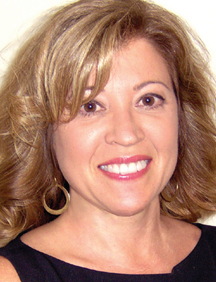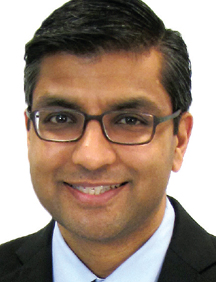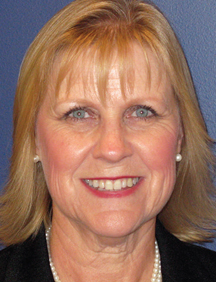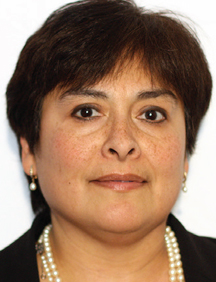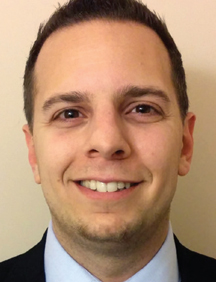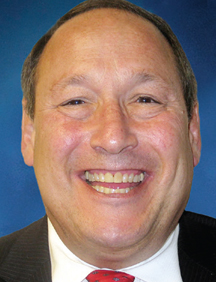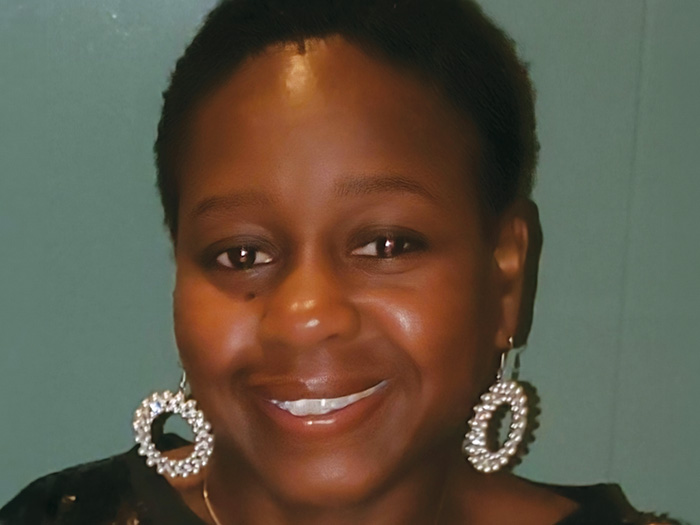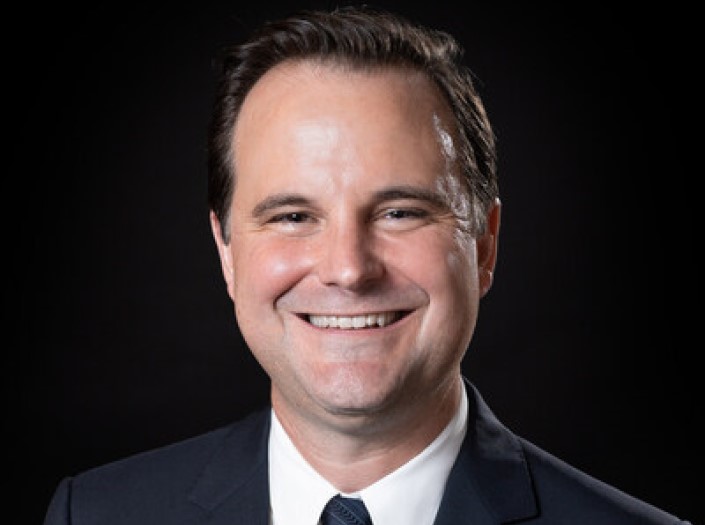2015 Power Broker
Aviation/Aerospace
A Special Broker
Aircraft clients are a varied group ranging from large airlines to small corporate fleets. However, a number of municipalities, especially on the West Coast, have significant risk associated with fleets of helicopters and other aircraft used for firefighting and other tasks.
“What makes Linda special,” a risk manager said, “is that for the past 15 years she’s been our broker, she’s been able to consistently beat back any kind of premium price increases from the excess casualty markets.”
He’s a big fan of hers, noting that if there is a problem with a claim, or safety or another issue, “she’s there. My people know she’s there for them.” Also, he said, “we’ve never had a major loss from an accident with the aircraft.” The commercial excess markets for aviation also remain competitive.
This client places about $200 million in liability ranging from aircraft coverage to property and liability coverage on the airports that they own. Workers’ compensation is also a significant risk and cost, but they are self-insured and self-funded.
The new wrinkle in the business is the commercial use of UAVs (unmanned aerial vehicles). We’re talking drones here. Two of Auch’s major clients in the entertainment industry needed coverage. Working with the traditional aviation insurers, Auch and the underwriters developed a manuscripted policy to cover the developing risks.
It’s also expected that as the use of drones becomes more common, the demand for coverage could dramatically increase.
Performance on Deadline
Aashish Chauhan and his client, one of the nation’s largest passenger airline companies, faced an insurance problem that could have grounded its operations if it were not resolved. The issue was the airline’s casualty program — a program that has a huge terrorism exposure. The airline’s insurance carriers relied on the federal Terrorism Risk Insurance Act (TRIA) to backstop possible losses. U.S. Congress, at the time of the company’s pending renewal, had not renewed the terrorism legislation and the airline’s insurance company failed to provide renewal terms for the policy that expired on Dec. 31 because it was becoming clear that the Congress might not act.
The airline and Aon lobbied Congress intensively, presenting legislators with the implications of what inaction would mean for the airline industry and the economy. It was a complex process with twists and turns. Although a new law was passed in January, without a solution the airline might have shut down in December. With a series of multiple negotiations completed before year-end, lots of sweat and some help from some senior leadership, Chauhan and the client were able to fashion a solution for a full renewal that became acceptable to the insurer, regardless of whether or not TRIA was renewed by December 2014.
Chauhan also has a background as an environmental broker, which proved to be of value to his airline client. In a contract, the airline was required to furnish an environmental policy. Chauhan created a manuscripted policy for use by the company’s captive that met the needed requirements and prevented a breach.
On Top of It
The challenge for a company that owns a fleet of more than 50 aircraft is the spectrum of risks associated with the different kinds of charter relationships it manages. When issues arise — as they do almost every day — one client of Nancy Gratzer’s said she and her team are always at the ready.
The client’s requirements can range from obtaining a certificate for closing on a new aircraft to handling a claim on a damaged aircraft to responding to an insurance-related issue raised by a customer.
“She’s always there,” the risk manager said. “It’s an essential role that isn’t always handled well by brokers, especially after the placements are completed.”
With another client, a major energy company with a fleet of jets and helicopters, the risks are varied and changing. “She’s been great on keeping us on top of the changing issues,” the risk manager said of Gratzer. That can range from international issues or contractual issues with charter companies to what may be their newest risk — drones and how to identify and manage the insurance risk associated with their different uses.
Gratzer also works hard to get new business. Recently, she submitted more than 50 recommendations to a consumer food products company on their aviation risk, as part of the process when the company went looking for a new broker. She used their data, and additional benchmarking data, to examine the company’s total cost of risk. The result: She received an immediate appointment as the aviation broker.
Insuring Volatility
Somebody has to insure the manufacturers of rocket fuels and pyrotechnic systems used in satellites, missiles and other applications. One such client of Nilza Santos requires substantial and costly product liability insurance. Santos and her team secured about $300 million in coverage.
It’s a highly specialized market, almost entirely reached through the London market. There are only a handful of underwriters familiar with the risk and who have the ability to write coverage. Because of market conditions, the client’s business and revenues had recently declined, so the cost of the insurance was even more important.
For the renewal, the company was coming off a two-year policy. Santos pushed to have the terms of the policy reviewed. In the process she was able to achieve a 7.5 percent premium reduction. “Because she had recognized that our revenues had declined, she was able to negotiate the decrease,” the risk manager said.
For another client, a defense contractor, there were ongoing demands to adjust or add coverage because of special and new projects. In most of the cases, Santos was able to add the coverage to an existing program and also reduce a portion of the overall costs.
Another client, an aerospace manufacturer, had relatively high insurance costs attributed to a past loss history. The client wanted to see a significant reduction especially because the loss history had improved. In negotiations with the incumbent carriers, Santos was able to obtain an 18 percent premium reduction and added a new insurer to the placement.
A Star in Space
Willis Inspace, established in 1979, provides placement, consulting and risk management services to the space industry. Among Robert Scheige’s clients is a global satellite operator with accompanying ground facilities that serves a variety of markets and industries. Recently, in two launches, it deployed a low-earth orbiting (LEO) satellite constellation to support a global communications system.
Scheige tailored a state-of-art coverage structure and completed the placement in the global space insurance market. Satellite technology is constantly changing and must be addressed with custom coverage. The heart of the coverage was a manuscripted policy that addressed insurance issues related to satellite technology and the demands for a high degree of performance accuracy.
The network had to be able to communicate on a satellite-to-satellite basis and to ground facilities, adding further risk and performance standards to the assignment. Also, there were significant loan covenant requirements with insurance implications.
The policy that was developed defined a loss formula based on five different parameters including a number of performance-related parameters. The deductibles were adjustable and were calculated dependent upon satellite performance and loss experience. Also, the policy included a flexible coinsurance structure.
According to the client, the coverage for these unique and demanding exposures was placed to their complete satisfaction.
Big Project, Big Savings
Airports present large risks, especially during the construction phase of an expansion. These projects also have varied and complicated risk and insurance requirements and can be difficult and time consuming to arrange. The use of outside contractors is an additional complication. Delays are not unusual and can be costly.
For an airport authority, Richard Terlecki needed to secure a builder’s risk policy to cover the completion of the construction, including risks of property losses resulting from a fire or other events. The project included an intermodal train facility, an automated people mover, parking garage and other renovations — all at a cost approaching $1 billion. At the last minute, Terlecki was also brought in to secure owners’ professional liability coverage. All policies were needed to get construction underway on time.
Terlecki got it done in 57 business days. Coverage was obtained through the London and Bermuda markets, with five proposals coming through. The objective was to obtain substantial limits, lower deductibles and very broad coverage.
The result of Terlecki’s negotiations reduced the project’s cost by several million dollars. Because the facility was in a hurricane zone, windstorm coverage was required. Terlecki secured the needed coverage with lower windstorm deductibles. He also negotiated a modification to a “pilings conditions” exclusion that the risk manager said was a challenge. The whole package, the risk manager said, came in at a significantly lower premium than expected and it was completed on time without any delays to the major construction project.

